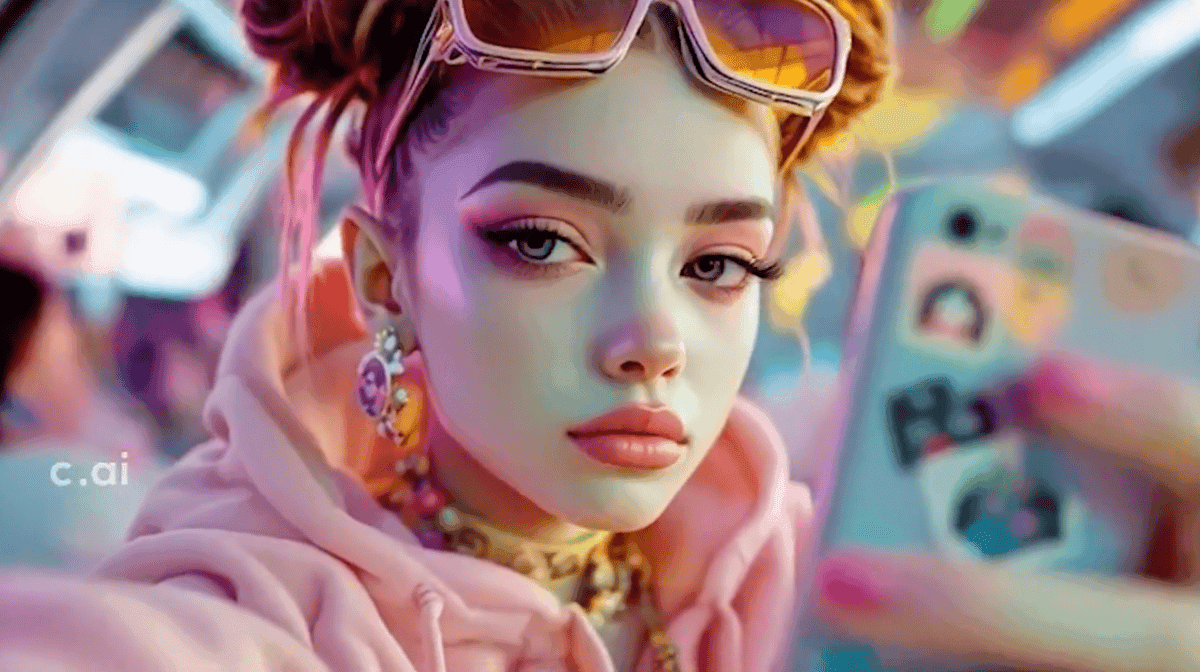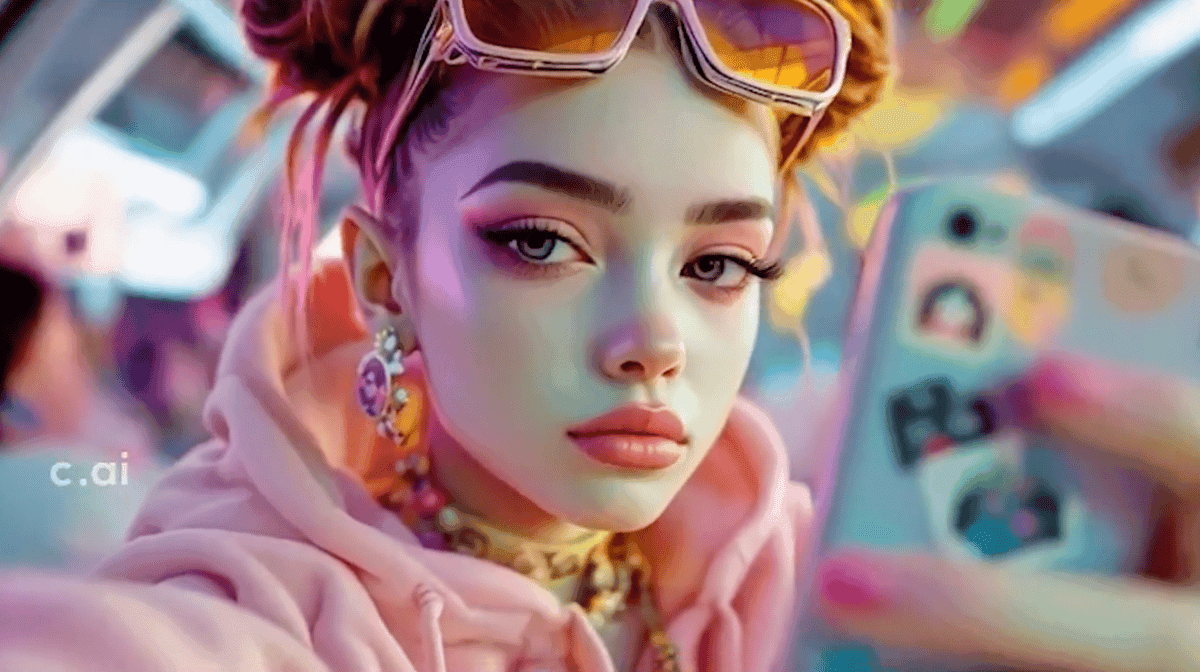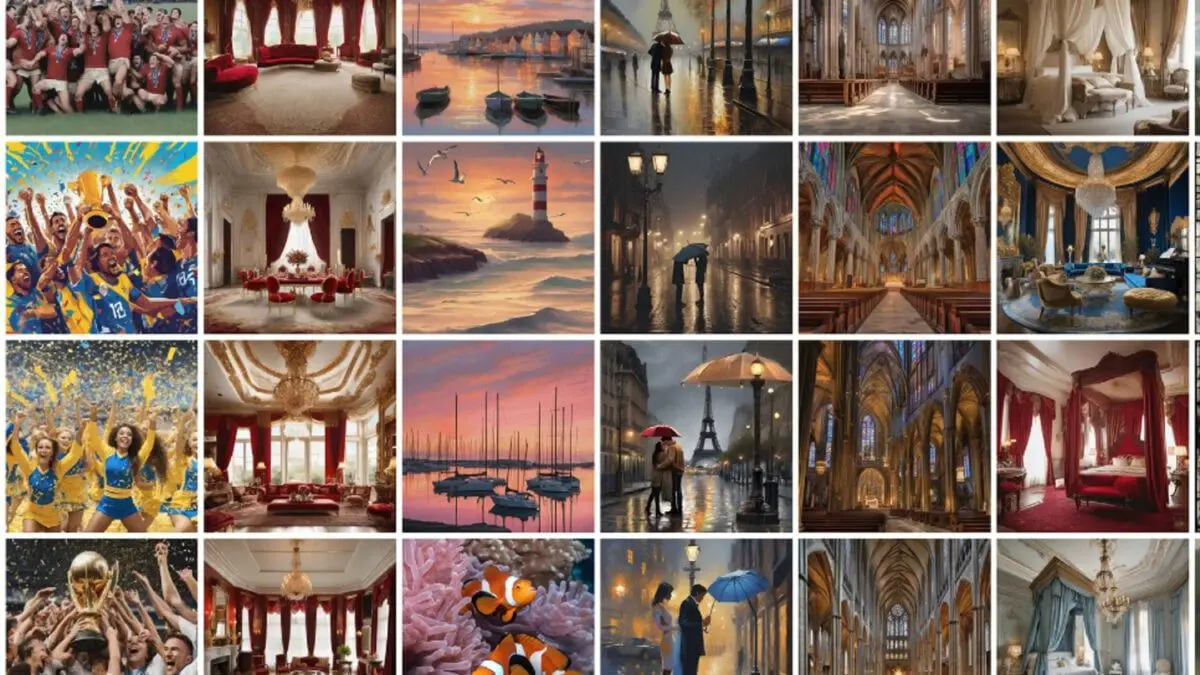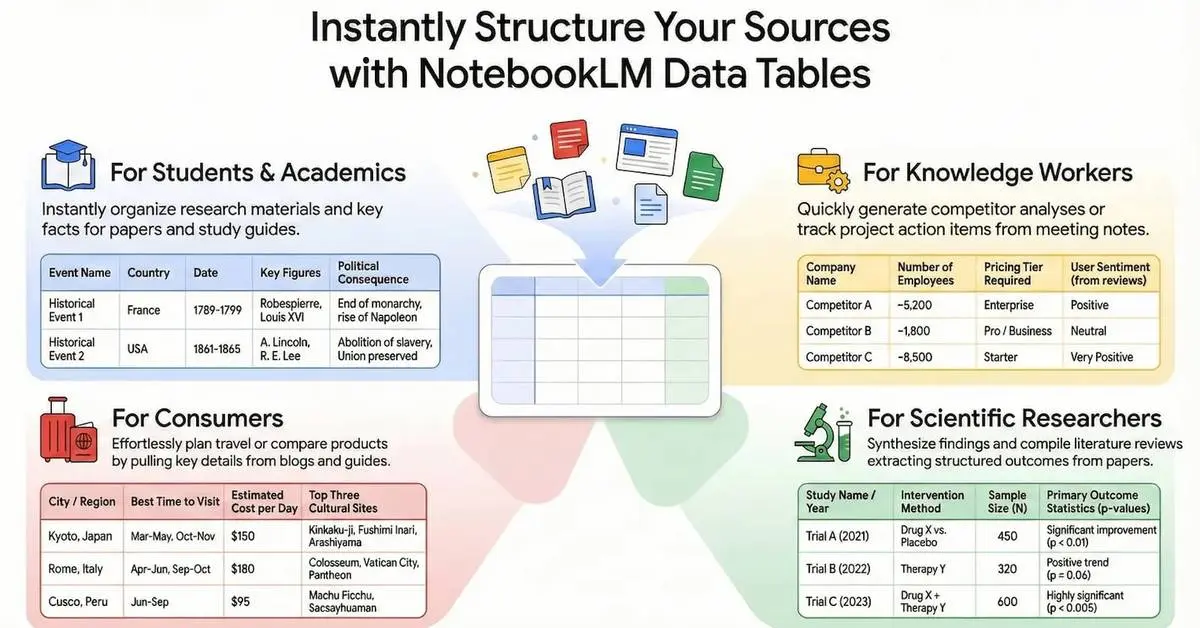The Rise of Personal AI Avatars: Creating Digital Twins
2 Sources
2 Sources
[1]
Want to clone yourself? Make a personal AI avatar - here's how
Synthesia lets you make a digital twin of yourself that can speak languages you can't - in under five minutes. Don't have time to record a message, but think it would be better coming from your face? Generative AI video startup Synthesia has a solution. Following last month's release of Synthesia 2.0, an end-to-end video creation platform for enterprises, the startup announced on Wednesday that it is making Personal Avatars, its lifelike AI digital twin feature, available for all users. Also: I've tested dozens of AI chatbots since ChatGPT's debut. Here's my new top pick "Whether you're a content creator, educator, business professional, or simply someone who loves to connect with others online, Personal Avatars offer a new and dynamic way to enhance how you communicate and collaborate," the company's blog post states. Synthesia users can generate their Personal Avatar using two minutes of video footage taken on a phone or webcam. To create more engaging, realistic content, the company's AI feature focuses on accurate lip-syncing and provides natural-looking backgrounds. To make an avatar, you first have to upload a two-minute source clip, followed by a second video giving Synthesia your consent to create an AI using your likeness. The company encrypts data to protect Personal Avatars from being misused, saying it only creates avatars with explicit consent and deletes avatar owners' data upon request. According to Synthesia, the AI avatars are powered by a looping technology known as auto alignment, which identifies when an avatar is speaking and can coordinate its body language based on the script. Avatars speak using a clone of your voice, and can communicate in over 30 languages -- regardless of which ones you actually speak. The company repurposed the tech behind its Expressive Avatars to make the voices more lifelike. Also: Meta's new AI Studio helps you create your own custom AI chatbots Whether you need to personalize a message for your colleagues, create a department-wide training guide, or make promotional videos for social media, Synthesia hopes its Personal Avatars will add a human touch to otherwise run-of-the-mill material, especially in enterprise contexts. According to the release, the company aims to "push the boundaries of digital communication." Personal Avatars are available for subscribers to Synthesia's Starter, Creator, and Enterprise plans -- just log in to your account in the browser and create a digital twin in a few clicks. You can learn more about Personal Avatars here.
[2]
I used AI to create my digital twin and the results were so good I did a double take -- this looks real
Synthesia has launched a new feature called Personal Avatars. These are digital versions of yourself that can be created within minutes and resemble you so closely it could fool your friends -- and probably even your mother if she isn't paying close attention. The generative AI video startup has had the option to use digital avatars, of varying degrees of realism, for some time within its PowerPoint-style presentation software. They act like virtual presenters reading a script to run alongside the text and graphics on the slide. You've also been able to create personalized avatars but these have been flat and not particularly expressive -- unless you take the time to visit the Synthesia offices and record a digital version of yourself. But this latest update takes personalization to a whole new level, and makes it much easier to create a realistic twin. To create a digital version of yourself you sit in front of a webcam, read a 60-second block of text and wait a day for the avatar to generate. It's important to note, this is only available with a paid Synthesia subscription and you can only access your virtual likeness from your Synthesia account. With the rise of video-based social media platforms like TikTok and Instagram Reels it is becoming increasingly important to be able to present yourself visually. Not everyone has that spark in front of a camera, or even the desire to do so. Now you can type and have a digital version of yourself read the words you've typed -- no speaking needed. The main use though is within an office environment to bring new life to a PowerPoint presentation -- or create a video teaching your boss how to save a document as a PDF. Teachers could use it to easily create custom lessons for different children, or you could use it to offer a presentation or TikTok in multiple languages, even if you personally only speak English. The most exciting part of the personal avatar technology is actually the impressively accurate voice cloning, able to capture a mixture of inflection, emotion and style. It then essentially adds animation and lip-synching to a photograph taken with the webcam during setup. It isn't creating a 'true' avatar that could be moved to different environments, put in different outfits or even changed on a whim, but what is clever is the audio and seamless looping. Personal Avatars use "auto alignment" for the looping. This is a form of AI that understands the difference between moments of silence and moments of speech. It can then appropriately coordinate body movements aligned to the script to make it more natural. When I sat down in front of a webcam and recorded a few minutes of what seemed like fairly rambling text I expected a slightly jittery, slightly off version of myself. I'd seen the demos but didn't expect it would match that realism. I was wrong. It took about a day for the system to finish training the model and creating my avatar. It was then available within the Synthesia system -- all it took was writing a few lines of text. I could literally put words into my own mouth and it took less than 10 minutes to make a video. If you look closely or watch it on a larger monitor while paying attention then it's clear the avatar isn't real. Its speech is very impressive but I tend to look in one direction, movement is a little bit off compared to what you'd expect naturally, and it corrected my eyes. I've had a condition since childhood called Amblyopia where my left eye and my brain don't communicate particularly well, so I have minimal vision in that eye and it always points off to the left. In my avatar, both eyes are facing exactly where you'd expect. Seeing this slightly corrected version of myself was a shock. It was much better than I expected and while I'm used to using AI every day it took me back how advanced the tech has become and how accurately we can recreate people. I recommend checking my guide to signs that something might be a deepfake. According to Synthesia, personal avatars are available on the Starter, Creator and Enterprise plans. There is a free plan available where you can use the inbuilt avatars but the first plan with customization is $22 per month, about the same price as ChatGPT or Claude. "At Synthesia, we believe that AI avatars will revolutionize how we interact in digital spaces," a spokesperson explained, adding that they wanted to see how users utilize Personal Avatars to "express yourselves, connect with others, and push the boundaries of digital communication." Admittedly, there is something a little creepy about having a very accurate recreation of yourself, but I think Synthesia has taken the right approach. By locking it to a verified user account not just anybody can put words into a virtual mouth. I do wonder if the next logical evolution of this is a digital twin you can use anywhere, but one you create once. There are other companies building tech in this space including Captions with an app-based digital twin where you can change the background and add customizations, but none have come close to the realism of Synthesia Personal Avatars. Captions approach is more flexible and mobile-friendly, but Synthesia captured my voice even more accurately than my ElevenLabs clone and that one fooled my children.
Share
Share
Copy Link
AI technology now allows users to create digital versions of themselves, raising questions about identity and potential applications. This article explores the process and implications of creating personal AI avatars.

The Emergence of Personal AI Avatars
In an era where artificial intelligence is rapidly evolving, a new trend is emerging: the creation of personal AI avatars or digital twins. These AI-powered replicas of individuals are pushing the boundaries of technology and raising intriguing questions about identity in the digital age
1
.How to Create Your Digital Twin
The process of creating a personal AI avatar has become surprisingly accessible. Users can now utilize various AI tools and platforms to generate realistic digital versions of themselves. One such platform, HeyGen, allows users to upload photos and voice samples to create a lifelike avatar that can speak and move
2
.The Technology Behind AI Avatars
These avatars are powered by advanced AI algorithms, including deep learning and natural language processing. The technology analyzes facial features, voice patterns, and even personality traits to create a convincing digital representation. Some platforms, like Synthesia, offer pre-made avatars, while others like D-ID allow for more personalized creations
1
.Applications and Potential Uses
The applications for personal AI avatars are vast and varied. They can be used for professional purposes, such as creating engaging video content or giving presentations. In the entertainment industry, these avatars could revolutionize how actors and public figures interact with their audience. There's also potential for use in education, customer service, and even personal legacy preservation
1
2
.Ethical Considerations and Challenges
As with any emerging technology, the rise of personal AI avatars brings forth ethical considerations. Questions about consent, privacy, and the potential for misuse are at the forefront of discussions. There are concerns about deepfakes and the spread of misinformation using these highly realistic digital replicas
1
.Related Stories
The User Experience
Early adopters of this technology report mixed experiences. While some are impressed by the realism and potential applications, others find the experience unsettling. The uncanny valley effect – a sense of unease when confronted with something almost, but not quite human – is a common reaction
2
.Future Implications
As the technology continues to advance, we can expect to see more sophisticated and seamless integrations of AI avatars in various aspects of our lives. The line between digital and physical presence may become increasingly blurred, potentially transforming how we communicate, work, and express ourselves in the digital realm
1
2
.References
Summarized by
Navi
Related Stories
Recent Highlights
1
Google launches Gemini 3 Flash as default AI model, delivering speed with Pro-grade reasoning
Technology
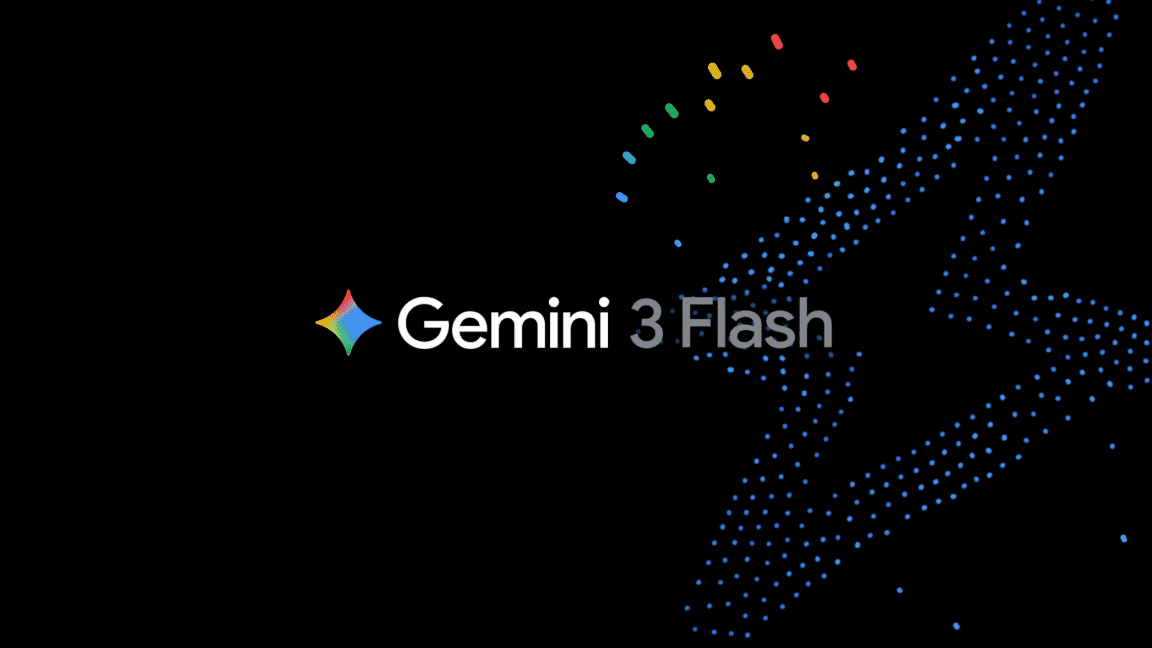
2
OpenAI launches GPT Image 1.5 as AI image generator war with Google intensifies
Technology

3
OpenAI launches ChatGPT app store, opening doors for third-party developers to build AI-powered apps
Technology

